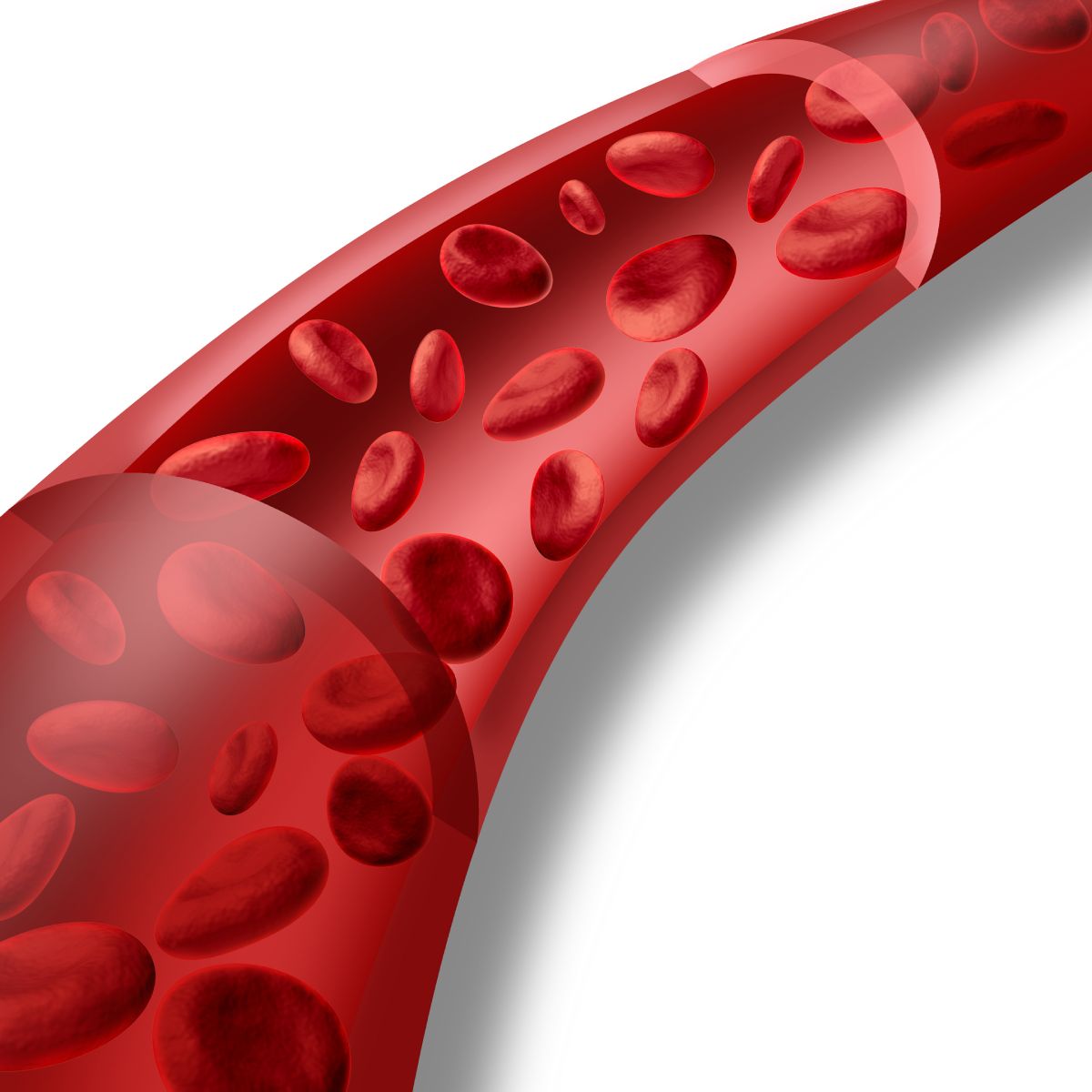In the realm of healthcare, blood tests are a common tool for diagnosing and monitoring various diseases. These tests often involve the analysis of different components of the blood, primarily falling under two categories: haematology and biochemistry. This piece aims to provide an understanding of these two crucial areas, their significance in blood analysis, and how they aid healthcare professionals in making informed decisions about patient care.
Now, let’s delve deeper into these two crucial components of blood analysis: haematology and biochemistry.
Haematology
Haematology is the study of blood, blood-forming organs, and blood diseases. It provides insight into the cellular components of blood, including:
Red Blood Cells (RBCs): These carry oxygen from the lungs to the rest of the body.
White Blood Cells (WBCs): These helps fight infections and aid in the immune process. Types of WBCs include lymphocytes, monocytes, eosinophils, basophils, and neutrophils.
Platelets: These help control bleeding.
Key tests in haematology include:
Haemoglobin (Hb): Amount of haemoglobin (oxygen-carrying protein) in whole blood.
Haematocrit (Hct): Percentage of the blood sample that is made up of red cells.
Mean Corpuscular Volume (MCV): The average size of the red cells present in the blood sample.
Red Cell Distribution Width (RDW): A range from the largest red cell present to the smallest red cell present.
Red Cell Count (RCC): The number of red cells present per unit volume of blood.
Reticulocyte Count: The number of reticulocytes (immature red cells).
Mean Corpuscular Haemoglobin (MCH): The amount of haemoglobin per red blood cell.
Mean Corpuscular Haemoglobin Concentrate (MCHC): Average concentration of haemoglobin in a given volume of blood.
White Blood Cell Count (WCC): The number of white blood cells.
White Blood Cell Differential: The breakdown of the white blood cell count into different cells.
Platelet Count: The number of platelets.
Mean Platelet Volume (MPV): The average size of platelets.
Biochemistry
Biochemistry refers to the analysis of the blood plasma (or serum) for a wide variety of substances—substrates, enzymes, hormones, etc.—and their use in diagnosis and monitoring of disease. It involves a series of blood tests used to evaluate the functional ability of several critical organs and systems of the body.
Key tests in biochemistry include:
Glucose Test: Measures blood sugar levels.
Renal Function Test: Assesses kidney function by measuring levels of urea, serum creatinine, sodium, and potassium.
Liver Function Test: Evaluates liver function by measuring levels of total bilirubin, direct bilirubin, alkaline phosphate, SGOT or AST, SGPT or ALT, total protein, and albumin.
Lipid Profile: Assesses risk of developing cardiovascular disease by measuring total cholesterol, HDL, LDL, and triglycerides.
Serum Lipase and Amylase: Measures the levels of these enzymes to diagnose and monitor pancreatitis.
Adenosine Deaminase (ADA) Test: Used to diagnose tuberculosis.
Calcium, Phosphorus, Alkaline Phosphatase, and Uric Acid Tests: Used to assess bone and joint health.
Thyroid Function Test: Measures levels of thyroid hormones to assess thyroid function.
Arterial Blood Gas Analysis (ABG): Mainly applied to monitor carbon dioxide and oxygen levels related to pulmonary (lung) function but is also used to measure blood pH and bicarbonate levels for certain metabolic conditions.
Both haematology and biochemistry provide a comprehensive view of a patient’s health, enabling healthcare professionals to make informed decisions about diagnosis and treatment.
For an understanding of blood test reference ranges, I highly recommend reading the article titled “Understanding Blood Test Reference Ranges: What’s Normal and What’s Not” available on the PDUK website. It provides valuable insights into interpreting blood test results and understanding what’s considered normal. You can access the article here.
References
Ahern, K., Rajagopal, I., & Tan, T. (2018). Biochemistry: Free For All. Oregon State University.
Basten, G. (2019). Blood Results in Clinical Practice: A practical guide to interpreting blood test results. M&K Publishing.
Hoffbrand, A. V., & Moss, P. A. H. (2016). Essential Haematology (7th ed.). Wiley-Blackwell.






